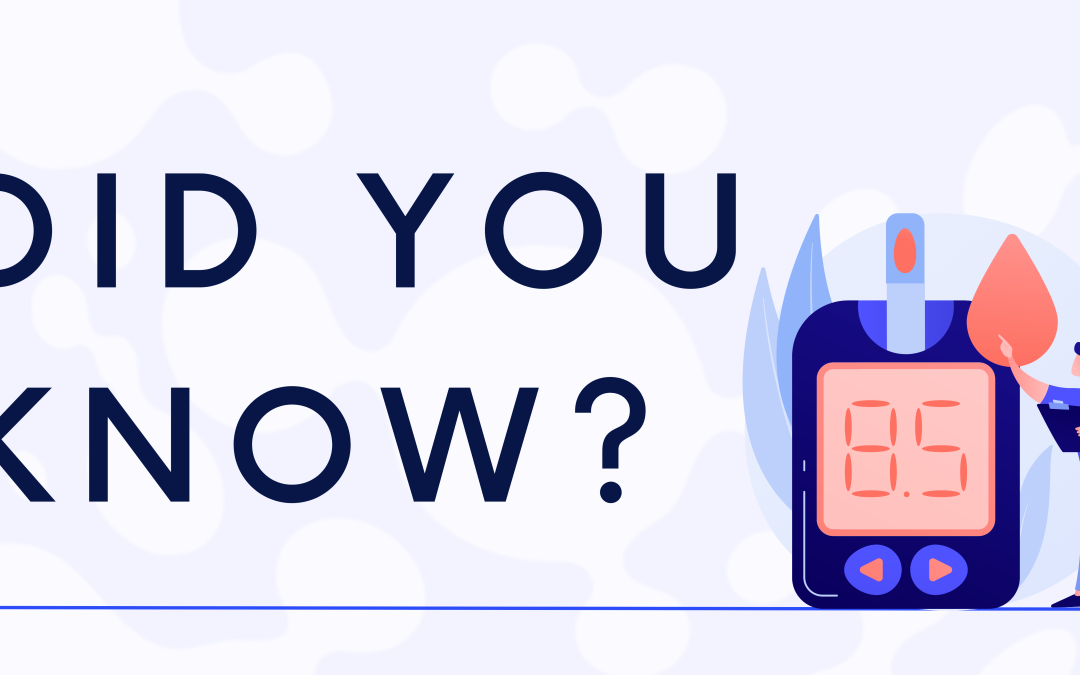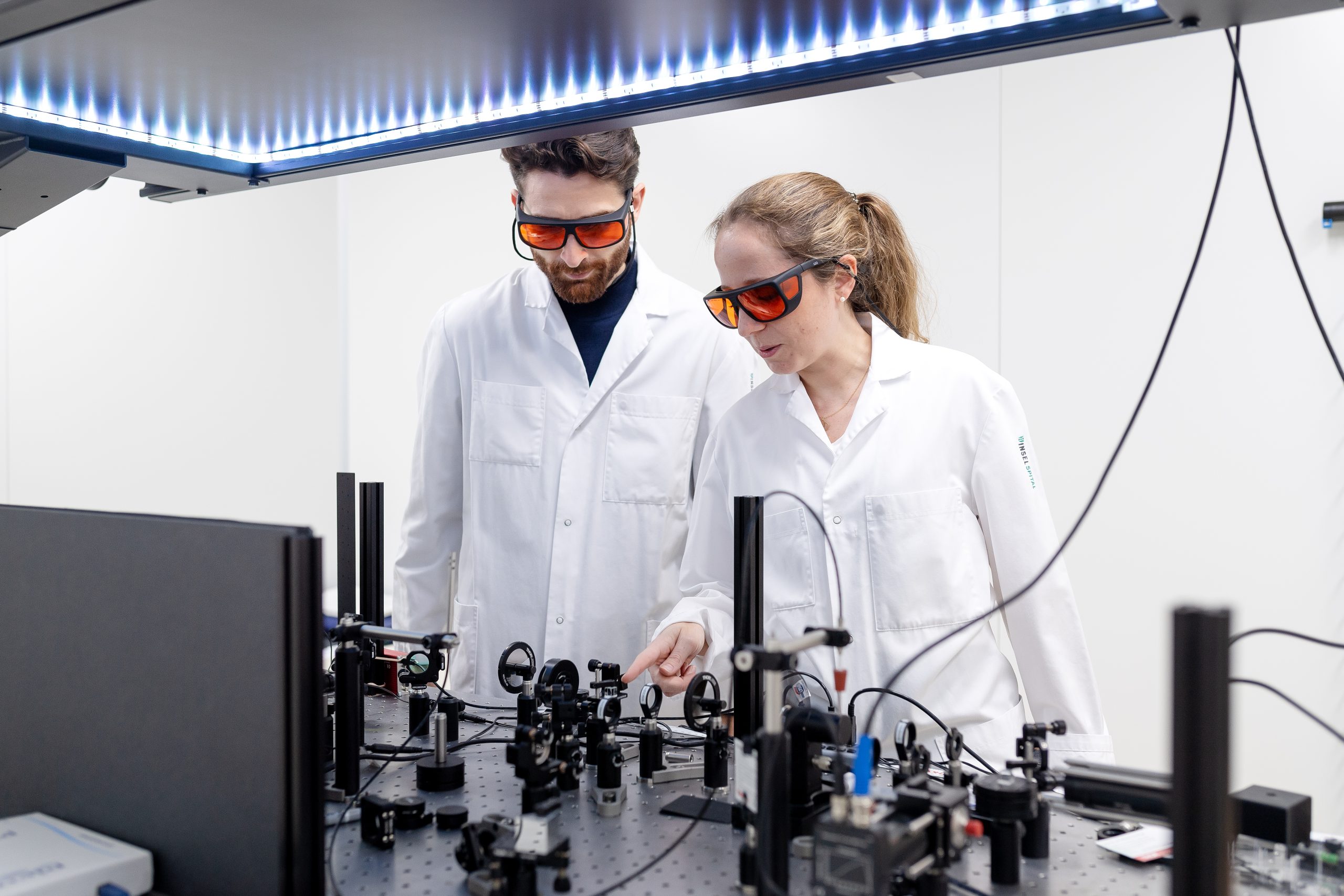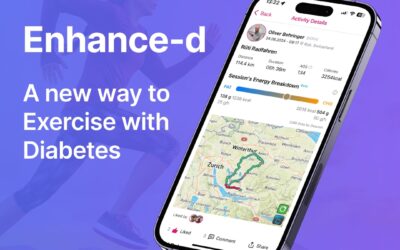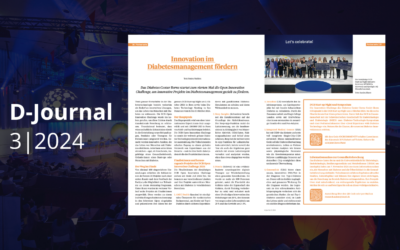Dear community – We are happy to provide you with a new episode of our newsletter series. This edition, we are looking...
DCB Newsletter #7/23: The DCB Innovation Challenge is back!
DCB Newsletter #7/23: The DCB Innovation Challenge is back!
Dear community,
It’s that time of the year again…the DCB Open Innovation Challenge is back! Do you have an innovative idea to improve diabetes management? Then continue reading and learn more about the Challenge, important deadlines and what’s in it for you! 🚀

Can your idea change glucose management forever?
Do you have an innovative idea to facilitate change diabetes management forever? Want to see how your idea becomes reality? Do you have valuable insights to help co-create the diabetes technology of tomorrow? Do you have feedback to share with others in the community?
We are looking for innovators, co-creators, scientists and diabetes supporters from around the world to join our open idea call and be part of an innovative community at the forefront of diabetes technology.
Did I check my glucose levels? Have I calculated my carbohydrates correctly? Do I have my pen/pump, needles, fully-charged reader and glucose with me? Where and when will I get my diabetes supplies? Will I be able to pay for my insulin next month? When was the last time I saw my endocrinologist? Have I dealt with the insurance letter?
What is in it for you?
- the chance to win 100000 USD in funding and in-kind support
- a chance to participate in our one-week bootcamp with mentoring & co-learning, an image film shooting, and pitch & media training worth 5000 CHF
- access to a network of industry experts and a kick-start to your business with first class coaching and training
- Get access to exclusive events, like our famous DCB Dinner attended by experts, investors and corporate partners
- a safe harbour where your idea remains entirely yours
How can you participate?
All you have to do is
- register on our Innovation Platform at https://innovation.dcberne.com/
- choose your category – Diabetes Devices or Digital Diabetes
- submit your idea!
Idea submission for the category DIABETES DEVICES is still open until 31 May 2023.The category DIGITAL DIABETES is open for applications from 01 June –15 August 2023.
You can find more information on https://www.dcberne.com/en/innovation-challenge/
Whether you are a start-up, a healthcare professional, researcher or an individual, if you have an idea or insight on how to improve the lives of people with diabetes, we want to hear from you! Thank you so much for reading and see you soon for the next edition of the DCB Newsletter!
Dieser Beitrag wurde zuerst als Newsletter auf LinkedIn publiziert. Klicke hier um den Artikel auf LinkedIn zu lesen.
Neuigkeiten
DCB Newsletter #15/23: INSIDE DCB – Looking Back on Diabetes Awareness Month
DCB Newsletter #14/23: IT’S A WRAP! A Recap of the 2023 DCB Open Innovation Challenge
Dear community – We are happy to provide you with a new episode of our newsletter series and give you some insights...
DCB Newsletter #13/23: INSIDE DCB – Interview with Maria Luisa Balmer
Dear Community, we are thrilled to present you with the next episode of our series “INSIDE DCB” – this time, with an...


DCB Research AG
Freiburgstrasse 3
3010 Bern
Switzerland













